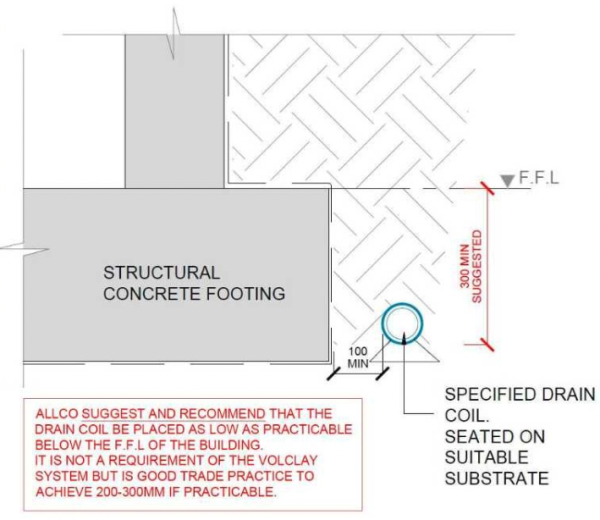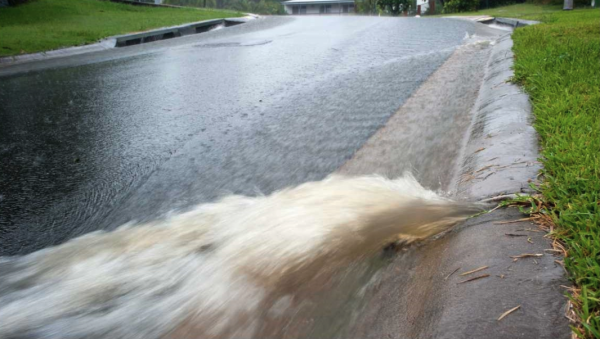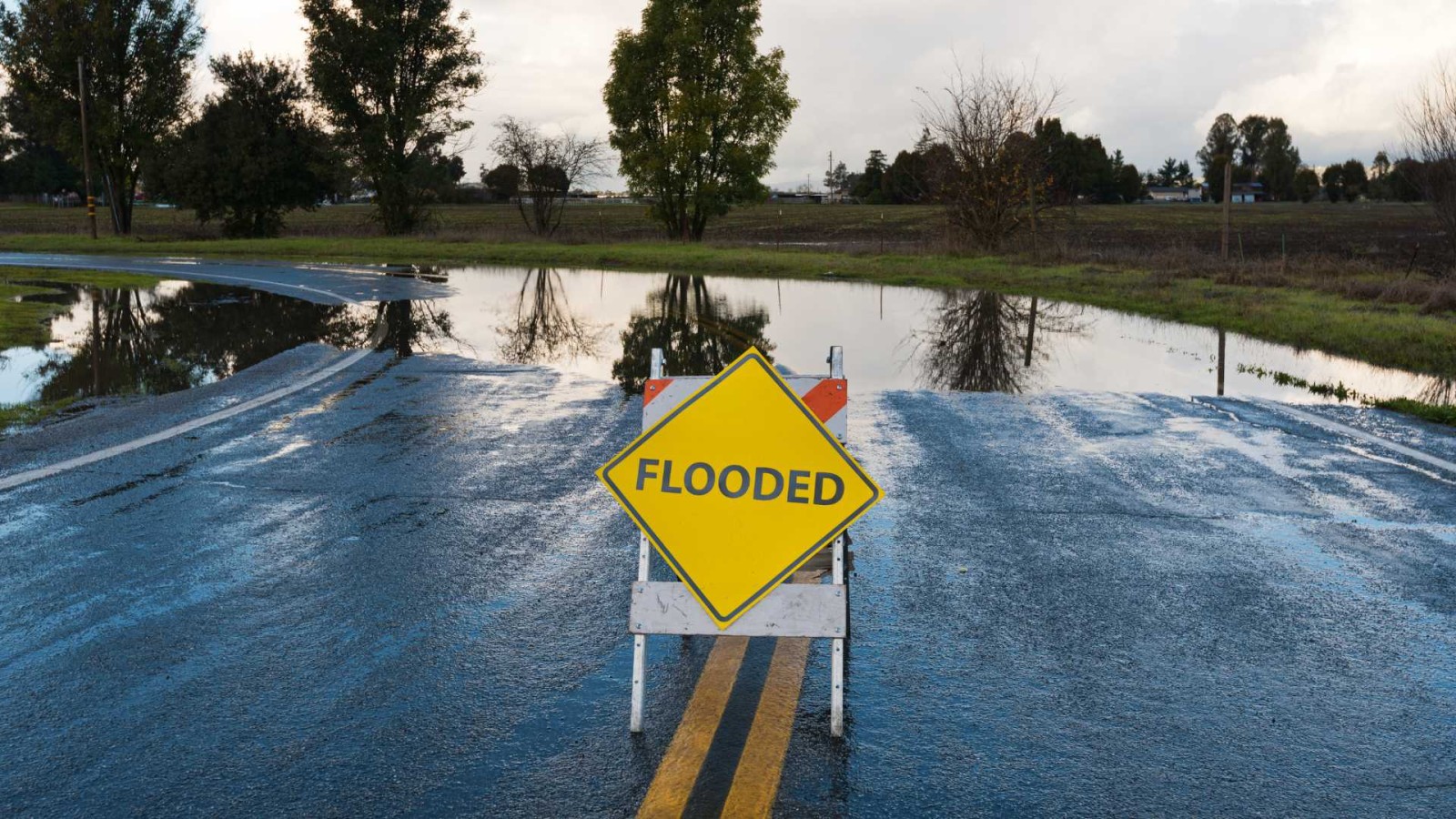This article explores the need for improved water control measures, in non-hydrostatic conditions, and emphasises the importance of proactive approaches to mitigate potential damage. By adopting a forward-thinking mindset and implementing robust backfill systems, we can prevent the compromising of tanking systems and ensure effective water management.
Understanding Backfilling Methods
In the context of water control, it is essential to recognise the two distinct methods of backfilling for hydrostatic and non-hydrostatic conditions. While the installation methodology of our Volclay Tanking System remains the same, the choice of backfilling method can vary based on specific project requirements. It is crucial to implement the appropriate method to ensure optimal water pressure management.
Non-Hydrostatic conditions
In scenarios where the tanking system is designed for non-hydrostatic conditions, a drain coil is typically placed at the base of the retaining wall. Coupled with suitable drainage materials as backfill, this design effectively directs water away from the retaining wall and towards the stormwater drains. These considerations are vital for preventing water build up and subsequent water damage.

Hydrostatic conditions
When the project has no water control, post-construction, the surrounding area becomes hydrostatic, exerting greater pressure on the tanked retaining walls. In such cases, a backfill design requires increased confinement pressure. For instance, the Volclay Tanking System recommends the use of gap 40 (or 60) with fines compacted every 300 to 400 mm, much like the design utilised for under slab or under roading or around lift pits.
Embracing a Forward-Thinking Approach
Due to recent rain events and the ongoing unpredictable weather patterns, prioritising water control measures in post-construction projects is crucial. Non-hydrostatic sites are particularly vulnerable as they have not been designed to cope with such extreme conditions. Adopting larger drain coils or multiple drain coils, placed further below the inside finished floor level, along with increased backfill volume, can effectively address challenges caused by temporary hydrostatic conditions, because of intense rain. By implementing a redesigned and more robust backfill system, allows sufficient time for water to escape to the stormwater drains, before building temporary hydrostatic conditions, potentially compromising the tanking system. It is time to shift our approach and proactively incorporate water control measures rather than attempting to rectify issues after the fact.
Regular Maintenance of Drains and Cesspits
To ensure unobstructed water flow to the stormwater system, it is essential to emphasise the regular inspection and maintenance of both residential and commercial drains and cesspits. By conducting periodic checks, potential blockages can be identified and promptly resolved, minimising the risk of water build up and related complications.

Conclusion
The changing climate patterns require a revaluation of water control practices in construction projects. By prioritising effective water management from the design phase through to post-construction, we can mitigate the impact of intense rain events and prevent potential damage. Implementing improved backfilling techniques, utilising larger (or more) drain coils positioned well below the finish floor level, a larger volume of backfill and performing regular maintenance are crucial steps toward a more resilient and sustainable approach to water control.




























 Most Popular
Most Popular Popular Products
Popular Products


